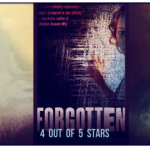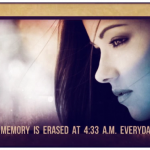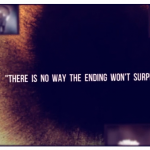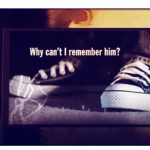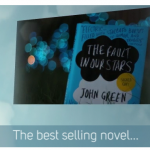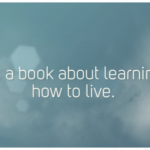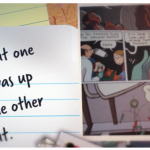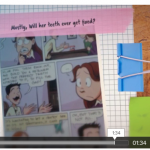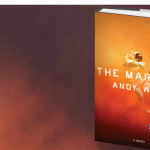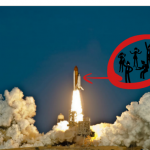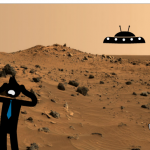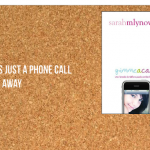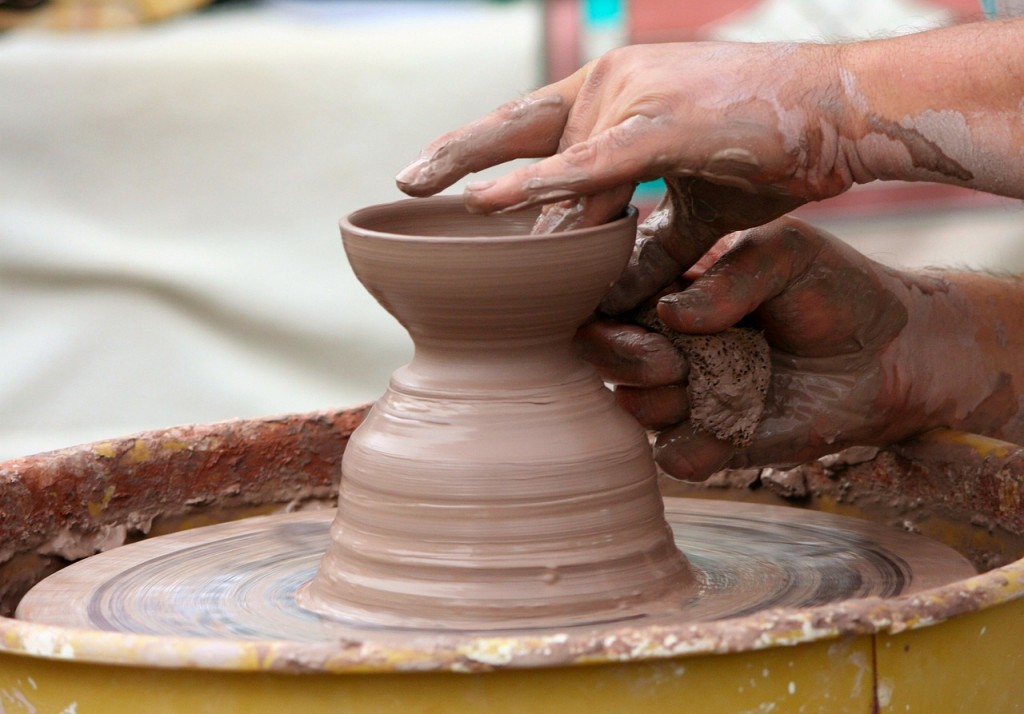My final blog post of the academic quarter in my graduate program in Digital Education Leadership is here and I am eager to share my finished individual project: Creating Book Trailers: A Lesson Exploring Craft and Creativity. This is a topic that I previously explored in my post, ISTE 1: Digital Storytelling with Book Trailers. Eager to return to book trailers and design a lesson for my students, the lesson was crafted using the ASSURE model. Until this project, I had never used this model before. Although I found it to be overly detailed for regular use, it is also a very thorough method of lesson design.
I also had the opportunity to implement this lesson during its creation, revising the lesson in real time to meet student needs. While this project was new territory for me, allowing more student choice and use of individualized technology than ever before, I can attest to its success. Check out the media gallery above to see some screenshots of their work. I hope to share some of their fully finished products soon! If you already use book trailers in your classroom or are interested in trying to, I encourage you to review the lesson and provide your feedback in the comments.
